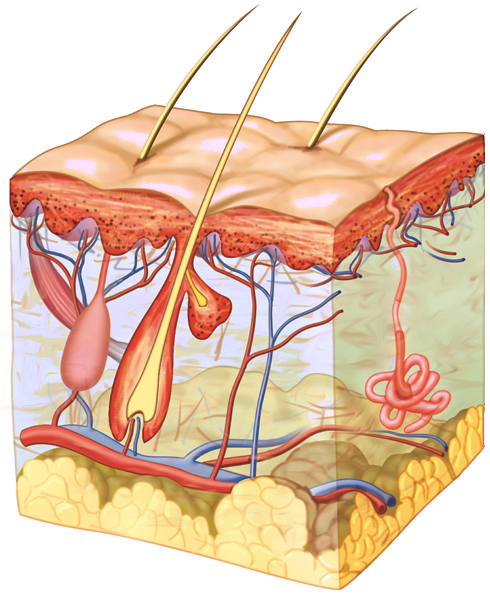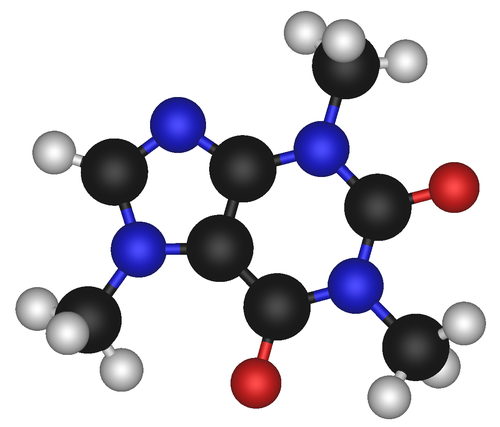There are many reasons for wanting to know what goes on beneath the surface of the skin – scientists in medicine, pharmacology, and skincare use RiverD’s Confocal Raman Spectroscopes to analyse the molecular composition of the skin and to observe how it changes.
In this series of short articles we’ll introduce the basics of Confocal Raman Spectroscopy, with insight into how it’s used to measure what’s happening inside the skin.
An optical technique
Confocal Raman Spectroscopy uses low-power laser light to identify molecules and quantify their concentration. It’s entirely non-invasive and there’s zero preparation. This means that the skin is unaffected by Raman Spectroscopy and measurements of skin composition can be repeated as many times as desired, to see changes over time in the precise same piece of skin.
Confocal measurement

By employing a confocal measurement configuration signal is collected only from where the laser is focused in the skin (more about confocal optics in a later post).
In this way, measurements are possible with pinpoint accuracy from the skin surface into the dermis with high spatial resolution.
Chemical identities
The atoms in a molecule move in so-called vibrational modes. Light interacting with a molecule can transfer some of its energy to such a molecular vibration. As a result, the scattered light has less energy than the incoming light. This process is called Raman-scattering.
In Raman spectroscopy a sample is illuminated with laser light of one wavelength. The scattered light contains lines and bands at longer wavelengths; the Raman spectrum.
Raman spectra are like fingerprints by which molecules can be identified, without the use of reagents, stains or fluorescent dyes.
Raman spectra of skin are composed of signal from all molecules present in the examined skin. A very useful characteristic is that the intensity of the Raman signal of a particular molecule is proportional to its concentration. So, it’s possible to measure any and all substances that are present in just one shot. Thanks to that the technique provides detailed insight in the penetration of topically applied products. as well as the effect they might have on intrinsic skin composition.

Concentration measurements
The three properties of Confocal Raman Spectroscopy:
- Non-invasive molecular identification and quantification,
- Simultaneous detection of intrinsic skin constituents and applied products
- High spatial resolution enabling depth selective measurements
enable detailed in vivo molecular analysis of the effects of e.g. ageing, climate, UV-exposure, and skin product on real skin; our skin.
We’ll be posting more. Next time we’ll look at spectral fingerprints produced by Raman Spectroscopy. Follow us for regular content, contact us for information about how you could use Confocal Raman Spectroscopy.
